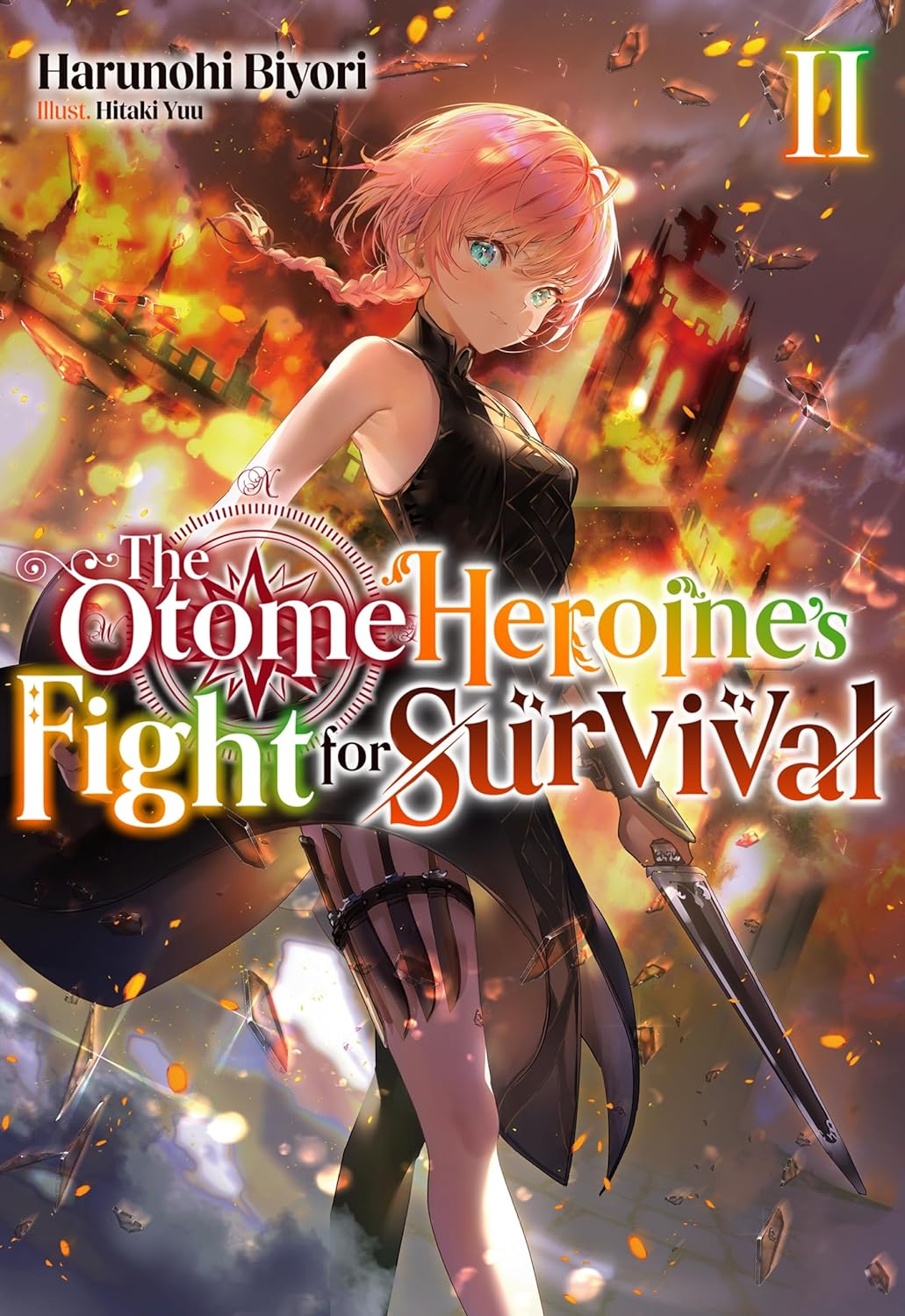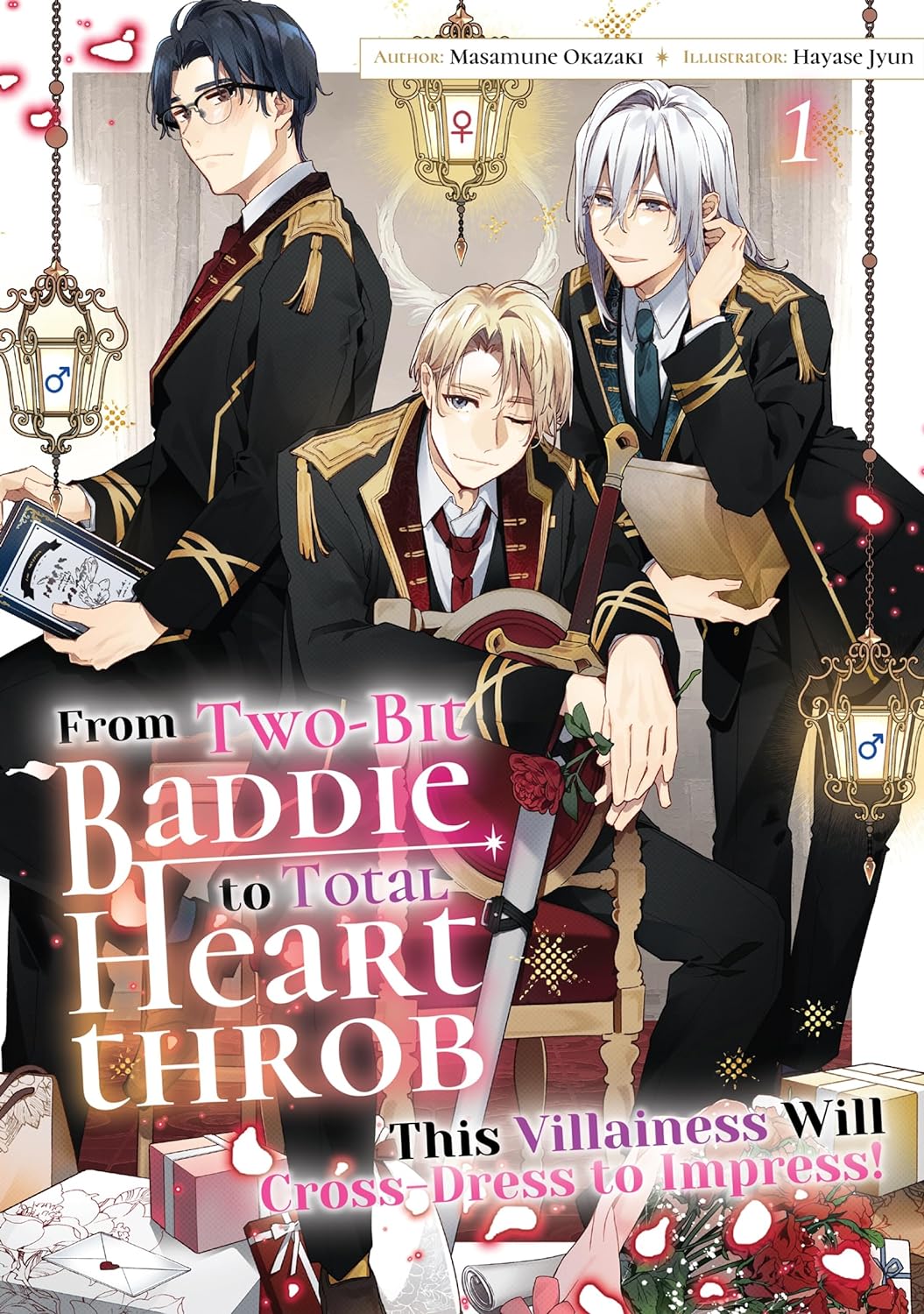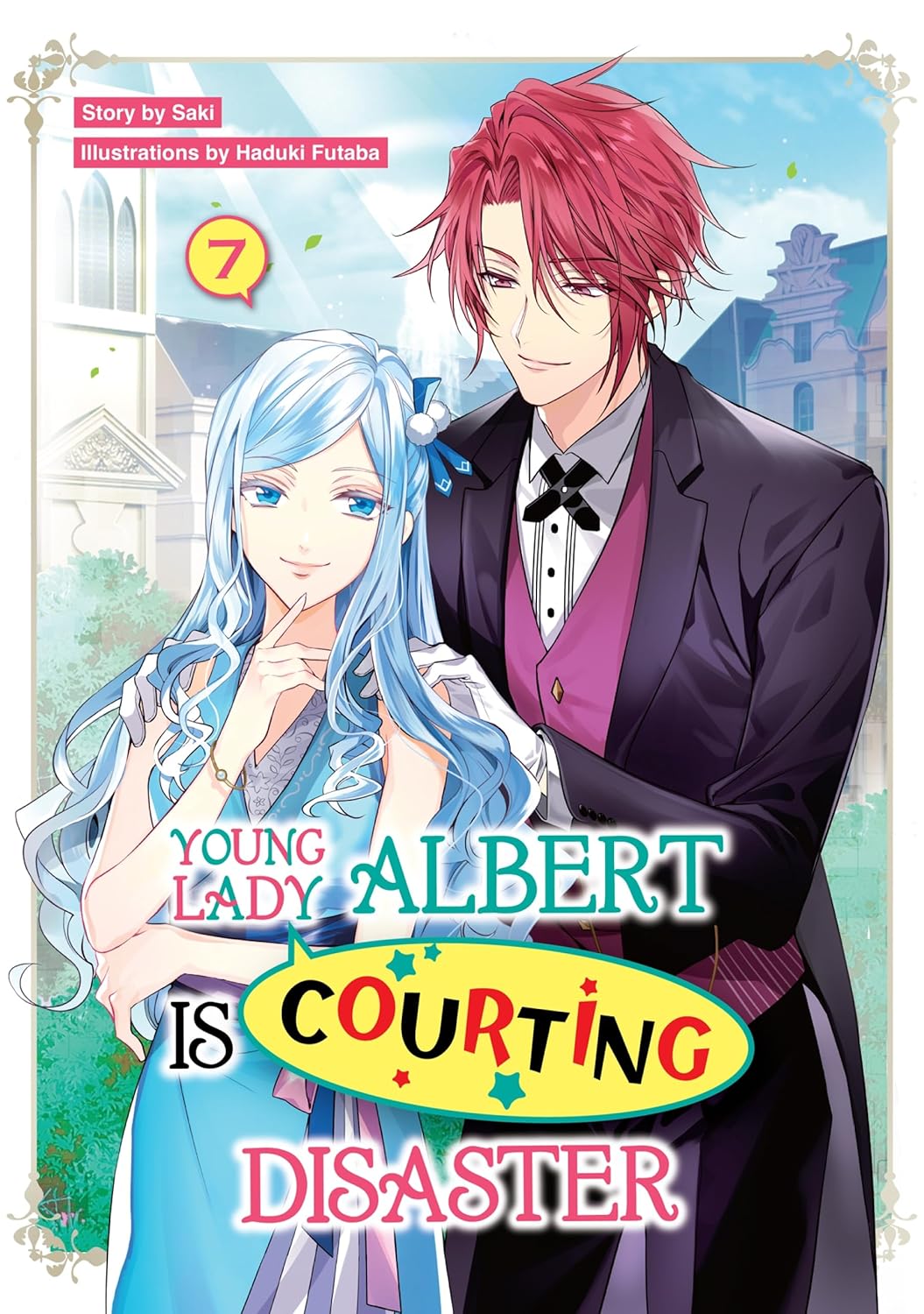By Harunori Biyori and Hitaki Yuu. Released in Japan as “Otome Game no Heroine de Saikyō Survival” by TO Books. Released in North America by J-Novel Club. Translated by Camilla L.
Fans of this series may be surprised that I’m reading the second volume of this book, but they’ll be even more surprised that I’m looking forward to the third. It’s rare I get a series I enjoy so much which is filled with things that normally annoy me. First of all, Villainess fans must be going nuts reading this, as there’s really very, very little of the actual otome game plot here, though we do meet another villainess (more on her later). There are stats. So many stats. I raised my endurance stat +2 just reading this volume. And of course this is an incredibly dark book in which we meet a cast of about twenty new minor characters and by the end of the book almost all of them are dead by the hands of our heroine, who perhaps does not quite deserve that moniker anymore. They even get little backstory flashes right after they’re killed to make it more tragic. So why do I like it? It’s compelling.
Having survived, barely, her life and death battle at the end of the first novel, Alia is now apprenticed to a dark elf named Cere’zhula, who was also the master of the woman who tried to kill Alicia and take her “heroine” place back at the start of the series. Alia ends up actually confessing almost off of this to her new mentor, and ends up being a much better apprentice, if somewhat… eccentric. Unfortunately, only a few months in, a nasty guy shows up and tries to blackmail Cere’zhula into doign an assassination job for him. Rather than get used as blackmail fodder, Alia offers to do the job herself… and then discovers that the Assassin’s Guild don’t trust her a lick. So, I mean, she goes through with the initial “kill these mooks’ test, and then does the actual dangerous assassination job, but she has a far greater goal in mind: killing the entire guild, who are now her enemies.
There is one big reason to read this new book. Just as, in the first book, the main enjoyment was the relationship between the heroine and the first “villainess”, Elena, here it’s between Alia and another villainess, Karla. And while Elena stands a chance of actually surviving the books, Karla may actually end up being the final boss. To be fair, her backstory is essentially “Sakura Matou with less rape but more torture”, but she is absolutely a hoot, absolutely a psychopath, and bonds IMMEDIATELY with Alia, who she not only sees as a kindred spirit (she’s right there, Alia is not remotely an empathic person) but also as someone who will be able to kill her – and not kill her so she dies pathetically, like her family could have done, but kill her so that her death has MEANING. She’s absolutely horrible, and I can’t take my eyes off her.
By the end of the second book, Alia seems done with Assassining, at least for now. Where she’ll end up, who knows, but the 8th in the series just came out in Japan, so it will be a bit. This is dark as pitch, but I’m sticking with it.



